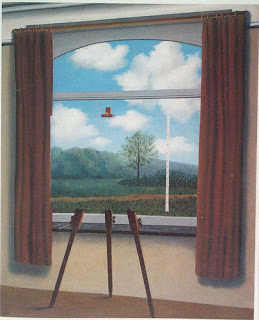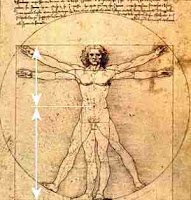So, seeing as I'm not a super-human-cyborg-robot-man I thought it wise to recap on anything significant learnt in seminars and lectures. This way when my later assignments arise, I have a handy backlog of useful information. Also when I word what I have learnt myself, It seems to sink in more than just hearing others speak about it. Well here's number one:
-Image and Composition
We learnt that everyday we are presented with visual information, how we make sense of the information is a key aspect to our intelligence as a society. The importance of visuals surpasses words, This quote elaborates on this perfectly "Seeing comes before words. The child looks and recognises before it can speak." -John Berger “ Ways of Seeing”. We all associate different shapes with different meaning, which were mentally created at infancy, this in effect changes how different people perceive the world.

What we see depends on the way of seeing, for example we learnt about the swastika, how the image has been around for 100's of year before Hitler, yet its meaning was altered extremely, The swastika was considered a holy symbol for good. This shows how images can be valued differently over time and in different cultures. We also looked at publicity images, how they can portray freedom and happiness to influence society's.
We also touched onto advertising and how were bombarded with up to 600 advertisements a day, It's becoming increasingly hard to filter out the hype and distorted news, we are being more and more manipulated by what we see as there's so much of it. It can even result in higher stress levels and alter our metal health.
We also learnt than when you view anything the process of the human eye and brain is much more complex than you think, the image you perceive is made up of significant structural patterns. composition gives paintings, website, films/animations its structure and meaning, its important as it can make or break a piece of work. composition can consists of Formats, Resolutions, Ratio, Proportion & Balance of an object, The Rule of Thirds (which i already fully understand), Proximity, Similarity, Direction/movement, Balance, positive and negative spaces and much more...

It's all very theoretical and deep, It will take more research to fully understand the chunk of it, but i certainly have a grasp of the basic principle of image meaning and composition.
#1
Semiotics, also called semiotic studies or semiology, is the study of cultural sign processes (semiosis), analogy, metaphor, signification and communication, signs and symbols. Semiotics is closely related to the field of linguistics, which in its part, studies the structure and meaning of language more specifically. Semiotics is usually divided into three branches, which include:
- Semantics: Relation between signs and the things to which they refer; their denotata
- Syntactics: Relations among signs in formal structures
- Pragmatics: Relation between signs and their effects on the people who use them
Tropes Merriam-Webster gives a definition of "trope" as a "figure of speech." In storytelling, a trope is just that — a conceptual figure of speech, a storytelling shorthand for a concept that the audience will recognize and understand instantly. Above all, a trope is a convention. It can be a plot trick, a setup, a narrative structure, a character type, a linguistic idiom... you know it when you see it. Tropes are not inherently disruptive to a story; however, when the trope itself becomes intrusive, distracting the viewer rather than serving as shorthand, it has become a cliche. Bad screenwriter
Samuel Dobson





No comments:
Post a Comment